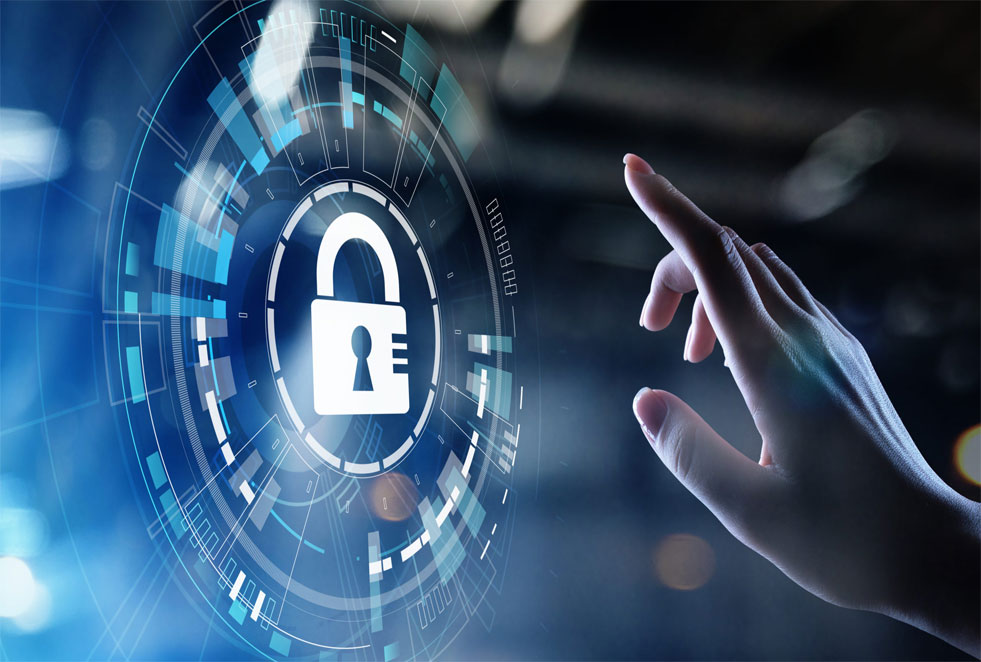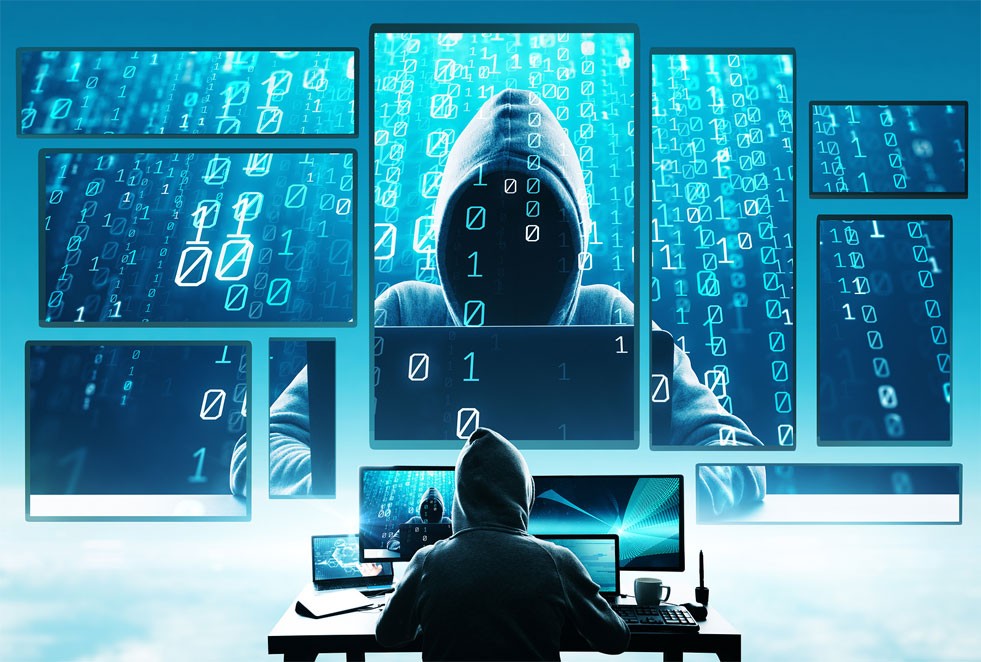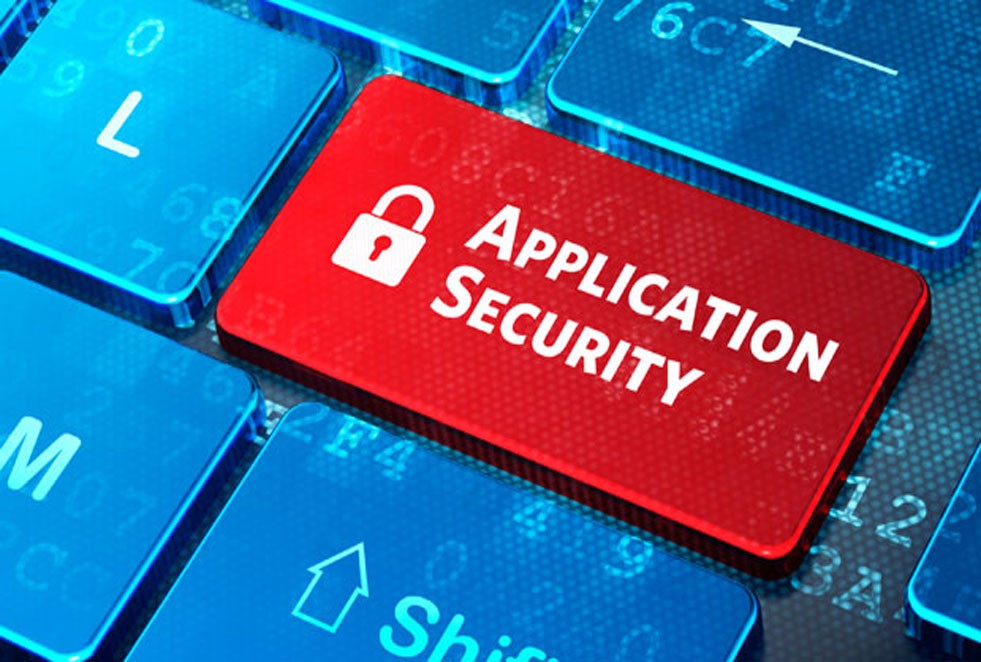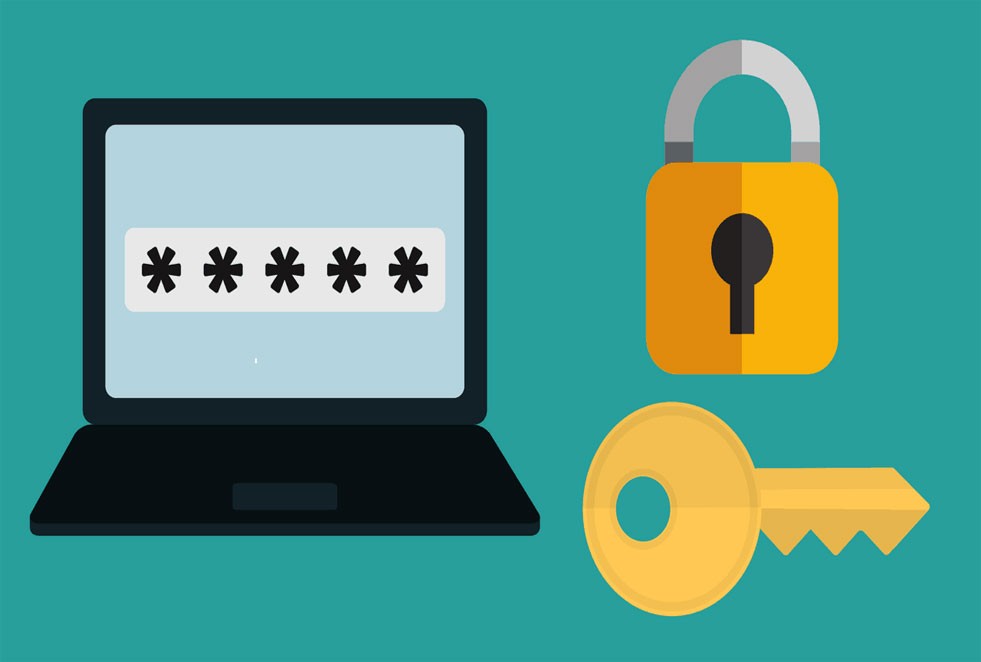Cyber Security Services
What is Cybersecurity?
Cybersecurity is a set of methods used to protect systems that connect to the internet. It can protect data, software, computers, and networks. Cyberattacks are done to get unauthorized access, change or delete data, or get money out of people. Some of the most common types of cyberattacks are ransomware, malware, social engineering, and phishing.
Cybersecurity is the practice of keeping digital attacks from taking down important systems and sensitive information. Cybersecurity measures are also known as information technology (IT) security. They are meant to protect networked systems and applications from threats that come from inside or outside an organization.

Types of cybersecurity threats
It can be hard to keep up with new technologies, security trends, and threat intelligence. It is needed to protect information and other assets from cyber threats, which come in many shapes and sizes. Some kinds of cyber threats are:
Malware
It is a type of bad software that can be used to hurt a computer user. It can be any file or program. Worms, viruses, Trojans, and spyware are all examples of this.


Ransomware
Another type of malware is called “ransomware.” It happens when someone locks up the computer system files of a victim, usually by encrypting them and then asks for money to decrypt and unlock them.
Social engineering
It is a type of attack that uses human interaction to trick people into breaking security rules so that they can get sensitive information that is usually safe.


Phishing
It is a type of social engineering in which fake emails or texts that look like they came from trusted or well-known sources are sent. The goal of these messages, which are often random attacks, is to steal sensitive information like credit cards or login information.
Insider threats
They are security problems or losses that are caused by people, such as employees, contractors, or customers. Insider threats can be either malicious or careless.


Distributed denial-of-service (DDoS) attacks
They are those in which traffic on a targeted system, like a server, website, or other network resources, is slowed or stopped by multiple systems. By sending a lot of messages, connection requests, or packets to the target, attackers can slow down or crash the system, making it impossible for legitimate traffic to use it.
Advanced persistent threats (APTs)
They are long-lasting, targeted attacks in which an attacker gets into a network and stays there for a long time without being found. The attacker’s goal is to steal data.


Man-in-the-middle (MitM) attacks
They are a type of eavesdropping in which an attacker intercepts and forwards messages between two parties who think they are talking to each other.
Why is cyber security important?
Cyber attacks are increasingly sophisticated
Cyber attacks are getting more complicated, and hackers are using more and more different methods. Some of these are malware, social engineering, and ransomware.
Costs are going up when cyber security is broken
Privacy laws like the General Data Protection Regulation (GDPR) and the Data Protection Act (DPA) 2018 can lead to large fines for companies that have cyber security breaches. There are also costs that have nothing to do with money, like damage to the company’s reputation.
Cyber security is a critical, board-level issue
New rules and reporting requirements make it hard to keep an eye on cyber security risks. The board needs to hear from management that its plans for cyber risk will lower the chance of attacks and limit their financial and operational effects.
Cybercrime is a big business
The hidden costs of cybercrime, a 2020 study by McAfee and the CSIS (Centre for Strategic and International Studies) based on data collected by Vanson Bourne, says that the world economy loses more than $1 trillion (about £750 billion) every year. Attackers may also do what they do for political, moral, or social reasons.
Tech users are frightened
Nearly everyone on earth is becoming more dependent on information and communications technologies, which presents a burgeoning criminal opportunity for cybercriminals. The development of cloud services and the expansion of social media have exposed many people to cyberattacks. Cybersecurity is becoming more crucial than ever because of this.
Allows for credibility
Online platforms like webpages are frequently made unpleasant or inaccessible by cyberattacks. That can lead to a bad reputation that might be challenging to repair. Therefore, it’s crucial to have cyber security to safeguard your platform from certain hazards. Additionally, it might aid in shielding clients from prospective hackers.
The Challenges of Cyber Security
Application Security
Application security is the process of making sure that a company’s software and services are safe from a wide range of threats. In this sub-domain, cyber security experts write secure code, design secure application architectures, implement strong data input validation, and do other things to make it less likely that application resources can be accessed or changed by people who shouldn’t be able to.


Cloud Security
Cloud security is all about making sure that companies that use cloud service providers like Amazon Web Services, Google, Azure, Rackspace, etc. have secure cloud architectures and applications.
Identity Management and Data Security
They are a type of eavesdropping in which an attacker intercepts and forwards messages between two parties who think they are talking to each other.


Mobile Security
As more and more people use mobile devices, mobile security is a big deal. This subdomain protects organizational and personal information stored on mobile devices like tablets, cell phones, and laptops from threats like unauthorized access, device loss or theft, malware, viruses, etc. Mobile security also uses authentication and education to make sure people are safe.
Network Security
Network security includes the hardware and software that keep the network and infrastructure safe from disruptions, unauthorized access, and other problems. Effective network security protects an organization’s assets from all kinds of threats, whether they come from inside or outside the organization.


Disaster Recovery and Business Continuity Planning
Not every danger comes from people. The DR BC subdomain includes processes, alerts, monitoring, and plans that help organizations get ready to keep their business-critical systems running during and after any kind of incident, such as a large-scale power outage, a fire, or a natural disaster, and to resume and recover operations and systems that were lost because of the incident.
User Education
Staff members who are aware of cyber threats are an important piece of the cyber security puzzle. It is important for businesses to train their employees on the basics of computer security. This helps raise awareness of best practices in the industry, organizational procedures and policies, and monitoring and reporting suspicious or malicious activities. This subdomain is for classes, programs, and certifications that have to do with cyber security.

Areas of cybersecurity
Cloud safety
Specifically, genuine confidential computing supports consumer privacy, business needs, and regulatory standards by encrypting cloud data while it is at rest (in-store), in movement (as it moves to, from, and within the cloud), and while it is being used.
Crucial infrastructure protection
Procedures for safeguarding the networks, computer systems, and other resources that society depends on for public safety, economic health, or national security. A cybersecurity framework has been developed by the National Bureau of Standards (NIST) to assist enterprises in this field, and the U.S.
Planning for business continuity and disaster recovery
Tools and processes for addressing unanticipated occurrences, such as power outages, cybersecurity incidents, or natural disasters, with the least possible impact on crucial activities.
Security for applications
Processes that aid in protecting cloud-based and on-premises apps. Applications should be designed with security in mind from the beginning, taking into account user authentication, data handling, and other factors.
Security for networks
Wired & wireless (Wi-Fi) links are included in the security procedures for securing a computer system from intruders.
End-user training
Increasing security awareness within the company to improve endpoint security. Users can be taught, for instance, to discard dubious email attachments and steer clear of unidentified USB devices.
How to Manage Security Online?
To defend against cyberattacks, you need a variety of strategies, tactics, instruments, technologies, procedures, and services. Some of the cornerstones of cybersecurity include the ones listed below.

Leadership dedication
The highest part of the company needs to publicly support cybersecurity. When senior management boards explicitly endorse a cause, employees will be dedicated to it.
Continual risk assessments
Regular cybersecurity risk evaluations help to recognize and assess threats while also evaluating the effectiveness of the safeguards in place. It is a practical and affordable method of proactively safeguarding your digital assets.


Password administration
Create guidelines and education campaigns to make sure users choose complex passwords. Before deploying a device or application into a live environment, default passwords need to be updated.
Solid culture of cybersecurity
The majority of cyberattacks rely on flaws introduced by human error. Users’ behaviors are what lead to weak passwords, spam scams, scam calls, and malware-filled attachments. These are used by attackers to dupe staff into unlocking doors for unlawful entry.


Antivirus software
A program called antivirus software is created to stop, identify, and eliminate viruses and other malware on specific computers, networks, and its systems. Furthermore, it shields our networks and computers from a wide range of dangers and viruses, including Trojan, worms, keyloggers, trojan horses, rootkits, adware, botnets, adware, and malware. The majority of antivirus software has a feature that automatically updates itself, allowing the system to regularly scan for new viruses and threats. It offers a few more features, such as email security scanning to check for harmful links and attachments.
Employee training
Staff training is not a “cybersecurity tool,” but having informed personnel who comprehend cybersecurity is ultimately one of the most effective ways of defense against cyberattacks. There are numerous training resources today that may instruct a company’s workforce in the finest cybersecurity procedures. Every company can set up these training resources to give its staff the knowledge they need to understand their roles in cybersecurity.


Services PKI
Public Key Infrastructure is the abbreviation. Public encryption keys can be distributed and identified using this program. Users and computer networks can safely communicate information over the web while using it to confirm the other party’s identity. Without PKI, we could also exchange sensitive data, but there would be no way to verify the other party’s identity.
Cybersecurity Objectives
Protecting data is the basic goal of cyber security. To defend against cyberattacks, the security sector offers a triangle comprising three interconnected concepts. The CIA trio is the name given to this idea. The information security infrastructure of an organization should be governed by policies that follow the CIA model. A few of these rules have been broken whenever a security breach is discovered.
Confidentiality
Privacy that prevents unauthorized access to information equals confidentiality. Making sure the data can only be accessed by those with permission to use it entails limiting access for unauthorized users. It stops important information from getting into the wrong hands. An excellent illustration of protecting confidentiality is data encryption.
Integrity
The data is protected against unauthorized alteration by malicious attackers or unintentional user modification thanks to this principle, which guarantees its authenticity and accuracy. If any changes are made, precautions should be taken to safeguard the sensitive data against loss or corruption and quickly recover after such an incident. Additionally, it suggests verifying the reliability of the information source.
Availability
This idea ensures that the material is constantly accessible to and helpful for its authorized users. It makes sure that system errors or cyberattacks do not obstruct these accesses.
Advantages of Cyber security
Respect for the law
Numerous regulatory authorities are developing guidelines to assist protect businesses and their clients in response to the growing cyber dangers and disclosure of sensitive data that exist today. These legal requirements include, among others. Businesses have the chance to invest in cyber security and view conformity as more than just a legal requirement for those sectors of the economy that are currently under-regulated.
Safeguards against interior dangers
The human aspect continues to be the cyber security system’s weakest link. Insider threats can originate from former employees, third-party vendors, and even trusted partners, and they can be unintentional, careless, or downright malicious. Aside from that, the rapid expansion in working remotely, personal devices in use for business purposes, and even Internet of things devices in remote locations might make it easier for these kinds of attacks to go undetected until it’s too late.
Increased output
It is nearly difficult for employees to work when networks and devices are slowed to a crawl by viruses and other cyberattacks on the operation of websites. as well as for a business to run. You can significantly reduce breaches and the amount of downtime required to fix the breach by putting in place a variety of cybersecurity such as enhanced firewalls, virus scanning, and automatic backups.
Safeguards productivity
Personal computers can be brought to a standstill by viruses, which makes using them nearly difficult. This can result in a great deal of lost time for your staff and frequently causes the entire operation to halt.
Brand reputation and trust
The reputation you build is arguably the best argument for the advantages of computer security in a company. and hold. Customer retention is one of the most crucial elements in business expansion. Customers today place a premium on maintaining customer loyalty through a robust cybersecurity stance since this is the fastest way to get their business back, get referrals, and sell more tickets overall.
It can defend your company
The major benefit is that your company can get complete digital protection from the best IT safety cyber security solutions. This will protect your staff from potential hazards while enabling them to use the internet whenever they need to.
Encourage customers to have confidence
Your consumers and clients will be more likely to have faith in your company if you can demonstrate that it is adequately safeguarded against all types of cyber threats. When using your services or making purchases from you, they will feel more secure.
Stops adware
Adware is a popular type of computer infection that inundates your computer with advertising. All of these advertisements, though, can seriously hinder productivity and frequently let other infections into your computer when they are unintentionally clicked.
Disadvantages of Cyber Security
Cost of cybersecurity is high
Cybersecurity may be too pricey for businesses. Businesses that lack the resources to adequately protect their systems and data may be at a disadvantage. It is common for businesses to have to spend more money on cybersecurity than they make back. That’s one of the main factors deterring many businesses from making cybersecurity investments.
The industry necessitates constant learning
Cyber security moves at a great and rapid pace that is unmatched by any other profession, necessitating continuous skill and knowledge upgradation. A professional in this sector need to continue studying and undergoing the never-ending learning curve in order to stay afloat.
Insufficient resources
The industry is hindered by management in complete comprehension of the importance of the work that professionals do. In order to reduce workplace stress, practitioners must communicate with a management frequently.
Cybersecurity is a continuous process
You cannot simply install cybersecurity, set it, and forget it. Years of work are required to create and implement it. The security measures put in place must also be continuously reviewed and updated. You must continue practicing cybersecurity if you want to gain from it.
Cybersecurity necessitates ongoing observation
A company must closely monitor the cybersecurity of all of its systems. especially given that thieves and hackers are constantly developing new techniques for breaking into the network of a firm.
Cybersecurity implementation taking action requires patience
If you don’t have the right people to complete the implementation, you can end up spending lots of money. Additionally, because threats are always evolving, you’ll need to stay current with the latest cyber security laws as they become available. Getting a full IT team is really not feasible if your business is tiny or has the necessary resources.
Cybersecurity Programs
Software for sniffing packets WireShark
The most well-liked network protocol analyzer in the world, Wireshark, gives you a detailed look at your network activity. With Wireshark, you may utilize a graphical interface to view your raw network data and examine hundreds of protocols.
SiteLock
SiteLock provides complete website security to protect your website from harmful cyber attacks, including web apps and your site code.
Event manager for security in SolarWinds
SolarWinds provides a comprehensive selection of security measures to handle a variety of tasks, including database administration, system integration, IT security and IT managed services, application management, and more.
Heimdal protection
A complete range of cybersecurity solutions is available from Heimdal. Businesses can either invest in Heimdal’s Unified Security Platform, which has the advantage of simplifying your IT processes and simplifying a number of cybersecurity processes, including endpoint security, user access, and email security, or they can choose individual security products.
FAQs
You might believe that larger companies with more touchpoints are more susceptible than smaller companies. Or organizations with valuable data, like those in the financial services sector or the healthcare sector, would be simple targets.
Yes, threats are becoming more sophisticated, intense, diverse, and numerous. Cyber specialists report a considerable increase in external cyberattacks, particularly those sponsored by criminal organizations and foreign states.
Mobile gadgets are very useful for convenience and enabling people to be “online all the time.” Governments have widely used mobile devices to increase labor productivity and access to resources.
Funding will be needed to develop the capabilities, such as the requisite tools and training, for cyber security.




